The time was ripe last June to travel to the Philippines to share Jōdo Shinshū and Seiza meditation.
About two years ago, Vince Imbat first joined me online from the Philippines. Since the beginning of the corona pandemic, I’ve been holding online Zoom meetings focused on Jōdo Shinshū and Seiza meditation. Vince heard about my online sessions from Andrew James Brown from England. I’d officiated Andrew’s kikyoshiki Buddhist name ceremony at Cambridge Unitarian Church.
As a Jōdo Shinshū missionary living in New York for 13 years, I’ve traveled various times to Europe and Colombia, South America, to share Jōdo Shinshū teachings and teach Seiza (quiet-sitting) meditation. Meeting Vincent provided the opportunity to make a connection with the Philippines.
Since childhood, Vince was active in a Christian organization, but began doubting the religion and decided to leave. Subsequently, his mental health deteriorated, forcing him to seek a stronger spiritual foundation.
Another Filipino emailed me. Argel Tuason, a Roman Catholic Benedictine Oblate with Monastery Without Walls in Manila, wanted to learn about Jōdo Shinshū. As a gay man, he struggled with his spiritual identity for many years. He saw how Amida Buddha’s great compassion and Shinshu’s tolerant teachings welcomed gay marriage and don’t discriminate based on sexual orientation.
The Philippines is largely Catholic stemming from the country’s history of Spanish rule. Today, Buddhism is mostly represented by Chinese Pure Land, Zen, Theravada, Tibetan, and Thich Nhat Hanh’s Sangha. Jōdo Shinshū seems absent.
Argel introduced me to a non-sectarian Buddhist center called Wisdom Park, where I gave my talk. Many Buddha and Bodhisattva statues adorn each floor and a beautiful Bodhi tree stands in the garden.

I wondered how many would attend, but nearly 30 people showed up. Together we sat in silence, practicing Seiza. I gave my talk in front of an Amida Buddha statue first explaining meditation. Then for another 90 minutes, I spoke about Jōdo Shinshū. Most were new to Shinshū, so I distributed copies of “Introduction to Shin Buddhism” taken from our Higashi Honganji North America Service Book, as well as copies of the “Preface to the Kyogyoshinsho.”
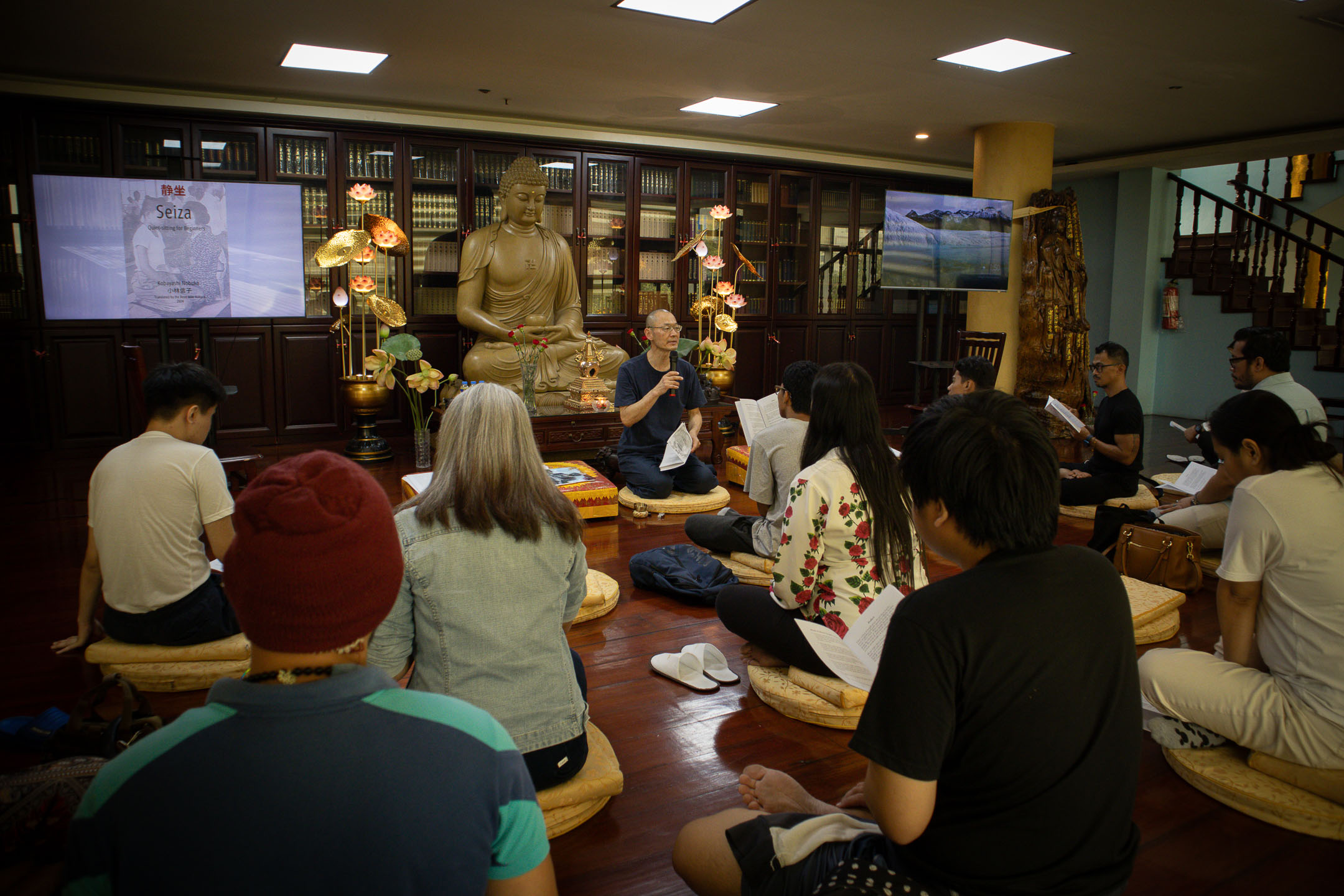
In 12th century Japan on Mount Hiei (headquarters of the Tendai Buddhist sect), I explained, Hōnen Shōnin (1133-1212) searched for universal spiritual salvation for everyone, reading through all sutras five times, but failed to reach an understanding. At age 43, he encountered Amida Buddha’s Original Vow and the path of reciting “Namu Amida Butsu.”
Later, Shinran Shonin (1173-1262) also failed to attain enlightenment by undergoing rigorous training on Mount Hiei, exhausting self-power practices. As a monk, he confronted his own sexual desire. Seeking answers, he resolved to visit Rokkakudō temple in Kyoto for 100 consecutive days. Prince Shotoku (574-622), whom Shinran deeply respected, built the temple. Known as the “Japanese Shakyamuni Buddha,” Prince Shotoku introduced Buddhism to Japan in the 7th century. Although just a lay follower with wife and children, he’s been revered as a reincarnation of Kannon, the bodhisattva of compassion.
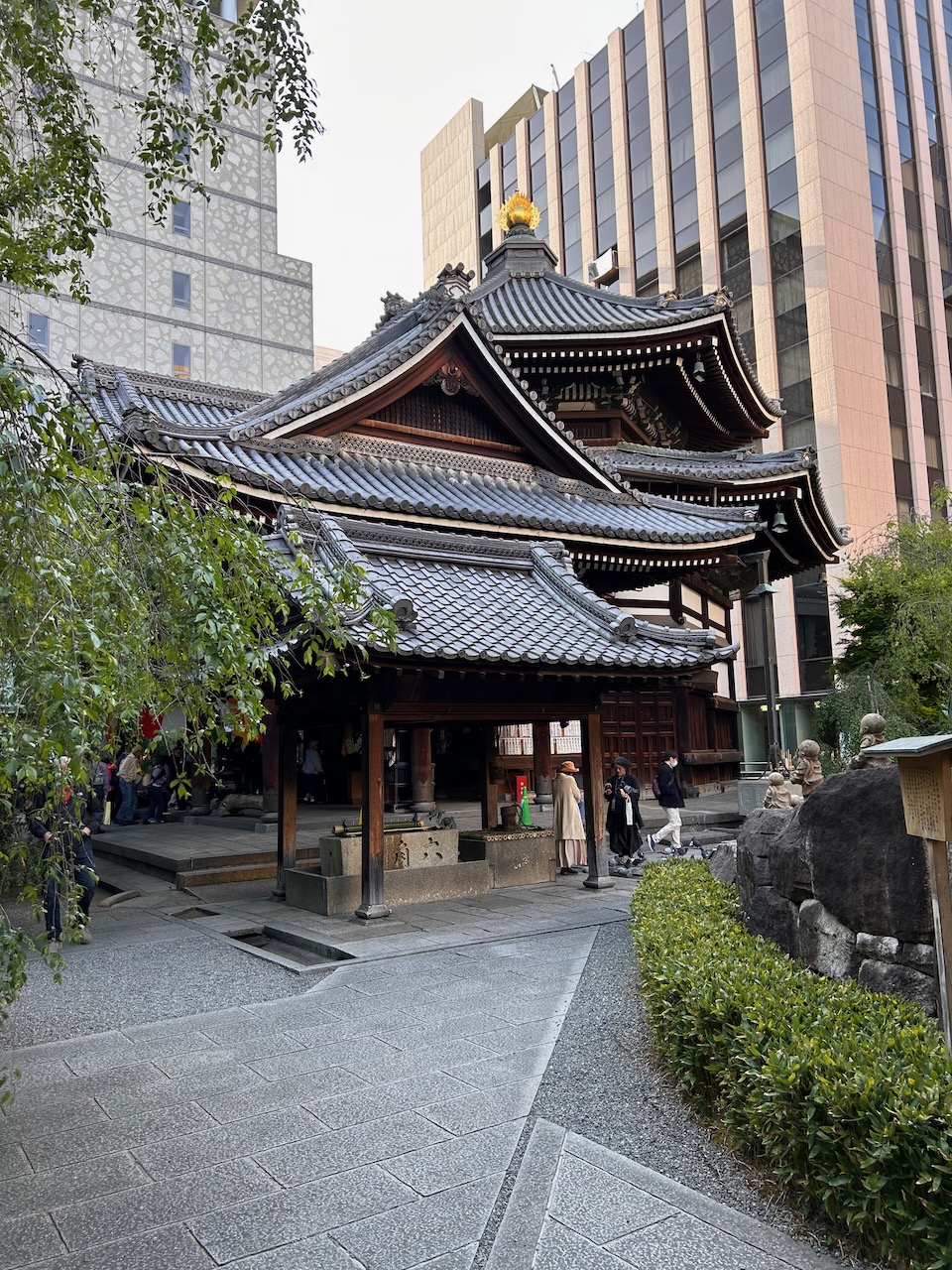
At Rokkakudō in front of a Kannon statue, Shinran single-mindedly and seriously sought spiritual salvation. At dawn on the 95th day, Kannon spoke to him in a dream:
O practitioner, if you ever have sex with a woman due to past karma, I (Kannon) will become a beautiful woman like a jewel and be committed by you. I will protect you throughout your life and lead you to the Pure Land until you die.
Upon hearing this message, Shinran decided to visit Hōnen Shonin at his Yoshimizu Sangha in Kyoto, where nobles, samurai, monks, merchants, farmers and ordinary people of all stripes sought liberation from their suffering through the Buddha dharma. Even thieves were welcomed.
On the brink of despair and deeply saddened by the depths of her bad karma, a prostitute visited Hōnen. He listened quietly to her suffering. He told her: “Amida Buddha’s compassion for salvation makes no distinction between people, regardless of their occupation. Please listen to Amida’s Prayer and live your life just reciting Namu Amida Butsu.” She shed tears of joy and began living a life of Nenbutsu.
Hōnen once said: “If it’s better to be married to lead a life of chanting Nembutsu, then do so. If it’s easier to lead a life of chanting Nembutsu while single, then do so.” Eventually, Shinran married and lived a family life.
Jōdo Shinshū doesn’t require us to become monastics and seclude ourselves in a temple. Rather, it’s a way we can listen to the Buddha’s teachings while living our everyday lives as ordinary people. It’s a path that anyone can walk.
At my talk, someone asked, “Must we wait until death to receive salvation from Amida Buddha?”
Touched by this question, I quoted Shinran’s letter “Mattosho” (Lamp for the Latter Ages):
The idea of Amida’s coming at the moment of death is for those who seek birth in Pure Land through various practices, for they are practitioners of self-power. The moment of death is of central concern to such people, for they have not yet attained true Shinjin/Faith. We may also speak of Amida’s coming at the moment of death for those who, though they’ve committed the ten transgressions and the five grave offenses throughout their lives, encounter a teacher in the hour of death and are led at the very end to utter the Nembutsu.
Practitioners of true Shinjin/Faith, however, abide in the stage of the truly settled, for they already are grasped, never to be abandoned. There’s no need to wait in anticipation for the moment of death, no need to rely on Amida’s coming. At the time Shinjin/Faith becomes settled, birth in the Pure Land too becomes settled; there’s no need for deathbed rites that prepare one for Amida’s coming.
“In this life we suffer,” I said. “Spiritual salvation after death is too late. Amid this world of suffering, Amida Buddha comes to save us—Here and Now—through the words ‘Namu Amida Butsu.’ Experiencing this state of mind is Jōdo Shinshū’s essence, leading to deep spiritual happiness.”
I encouraged everyone to listen to the Buddha dharma, which for now means online. I’m grateful for this opportunity to share Jōdo Shinshū with fellow seekers in the Philippines. Someday I hope to return.
Read what Vince wrote about his experience here.
-Rev. Nakura is based in New York at Jodo-Shinshu Shin-Buddhist New York Sangha
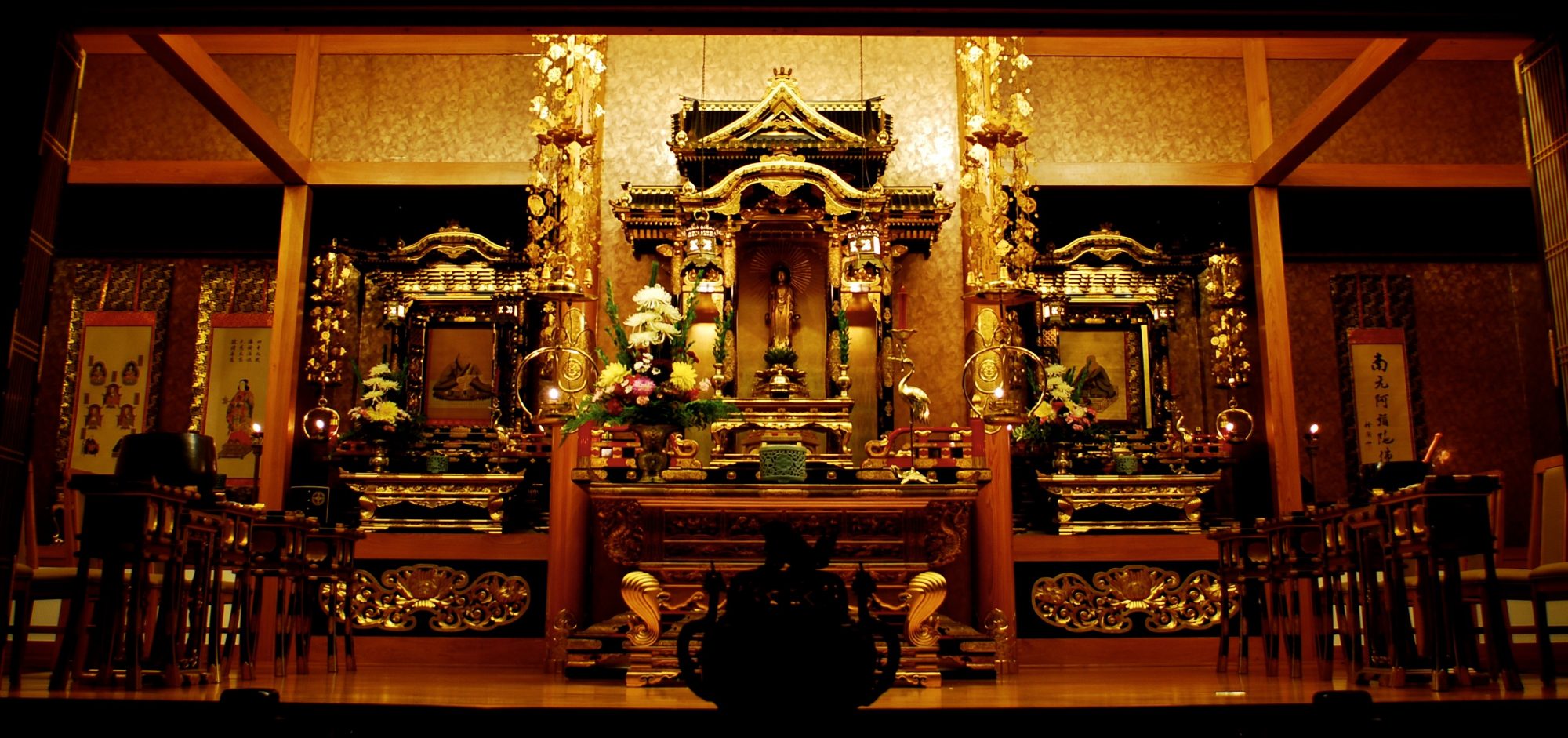
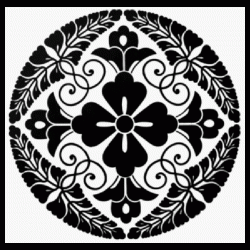
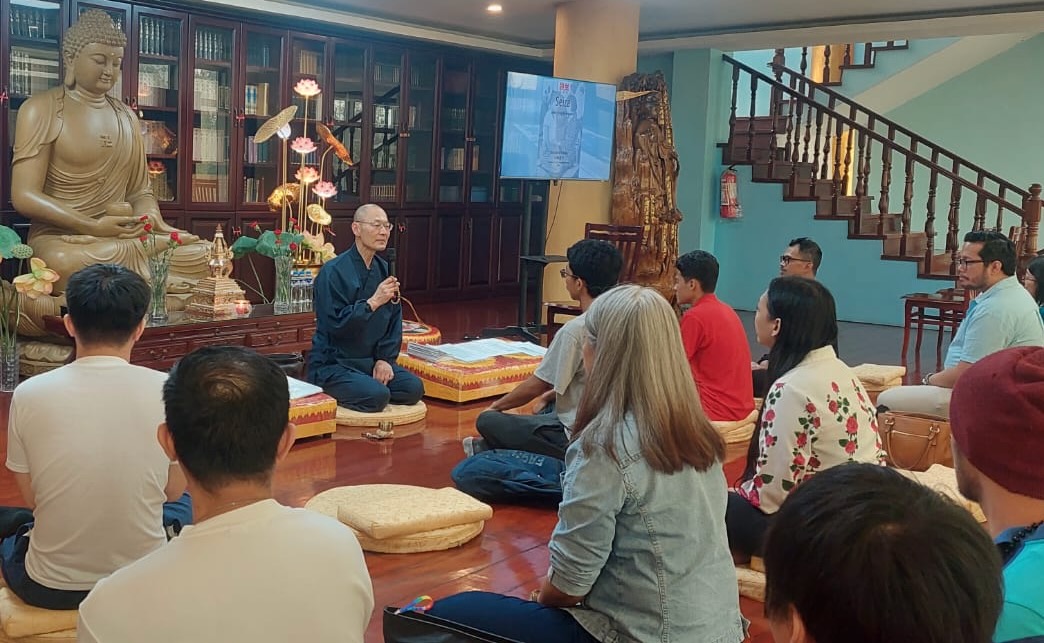 By
By